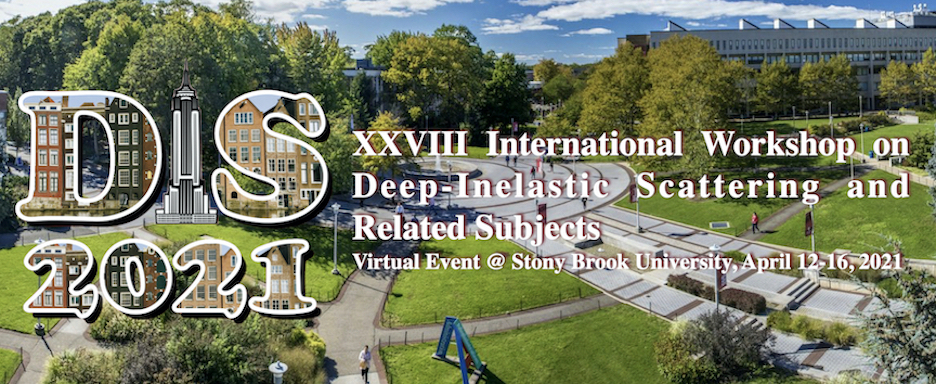Speaker
Description
We discuss the role of intrinsic charm (IC) in the nucleon for forward production of $c$-quark (or $\bar c$-antiquark) in proton-proton collisions for low and high energies. The calculations are performed in collinear-factorization approach with on-shell partons, $k_T$-factorization approach with off-shell partons as well as in a hybrid approach using collinear charm distributions and unintegrated (transverse momentum dependent) gluon distributions. For the collinear-factorization approach we use matrix elements for both massless and massive charm quarks/antiquarks. The distributions in rapidity and transverse momentum of charm quark/antiquark are shown for a few different models of IC. Forward charm production is dominated by $gc$-fusion processes. The IC contribution dominates over the standard pQCD (extrinsic) $gg$-fusion mechanism of $c\bar c$-pair production at large rapidities or Feynman-$x_F$. We perform similar calculations within leading-order and next-to-leading order $k_T$-factorization approach. The $k_T$-factorization approach leads to much larger cross sections than the LO collinear approach. At high energies and large rapidities of $c$-quark or $\bar c$-antiquark one tests gluon distributions at extremely small $x$. We show that the IC contribution can be, to some extent, tested at the LHC by the FASER and at the SPS by the SHIP experiments by studies of the $\nu_{\tau}$ neutrino production.
In addition, we will show that the IC contribution has important consequences for understanding high-energy neutrino flux measured by the IceCube Neutrino Observatory. We will present our new constrain on the size of the intrinsic charm content in the nucleon coming from the IceCube data. The results of relevant numerical studies with off-shell small-$x$ partons will be shown. Both scenarios with and without saturation effects will be discussed.
Based on:
[1] R. Maciuła, and A.Szczurek, "Intrinsic charm in the nucleon and charm production at large rapidities in collinear, hybrid and $k_{T}$-factorization approaches", J. High Energy Phys. 10 (2020) 135.
[2] V.P. Goncalves, R. Maciuła, and A.Szczurek, a paper in prepration.

